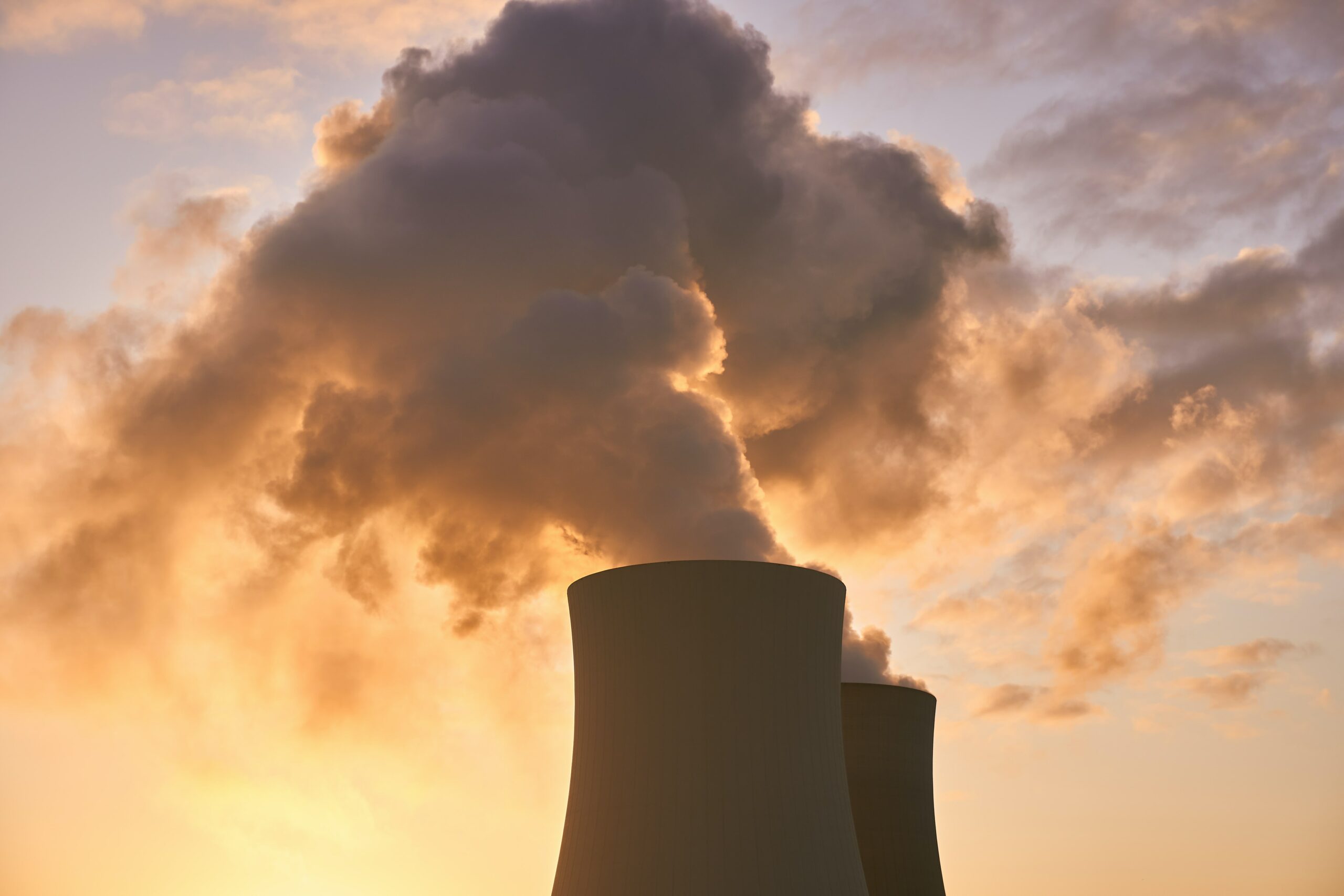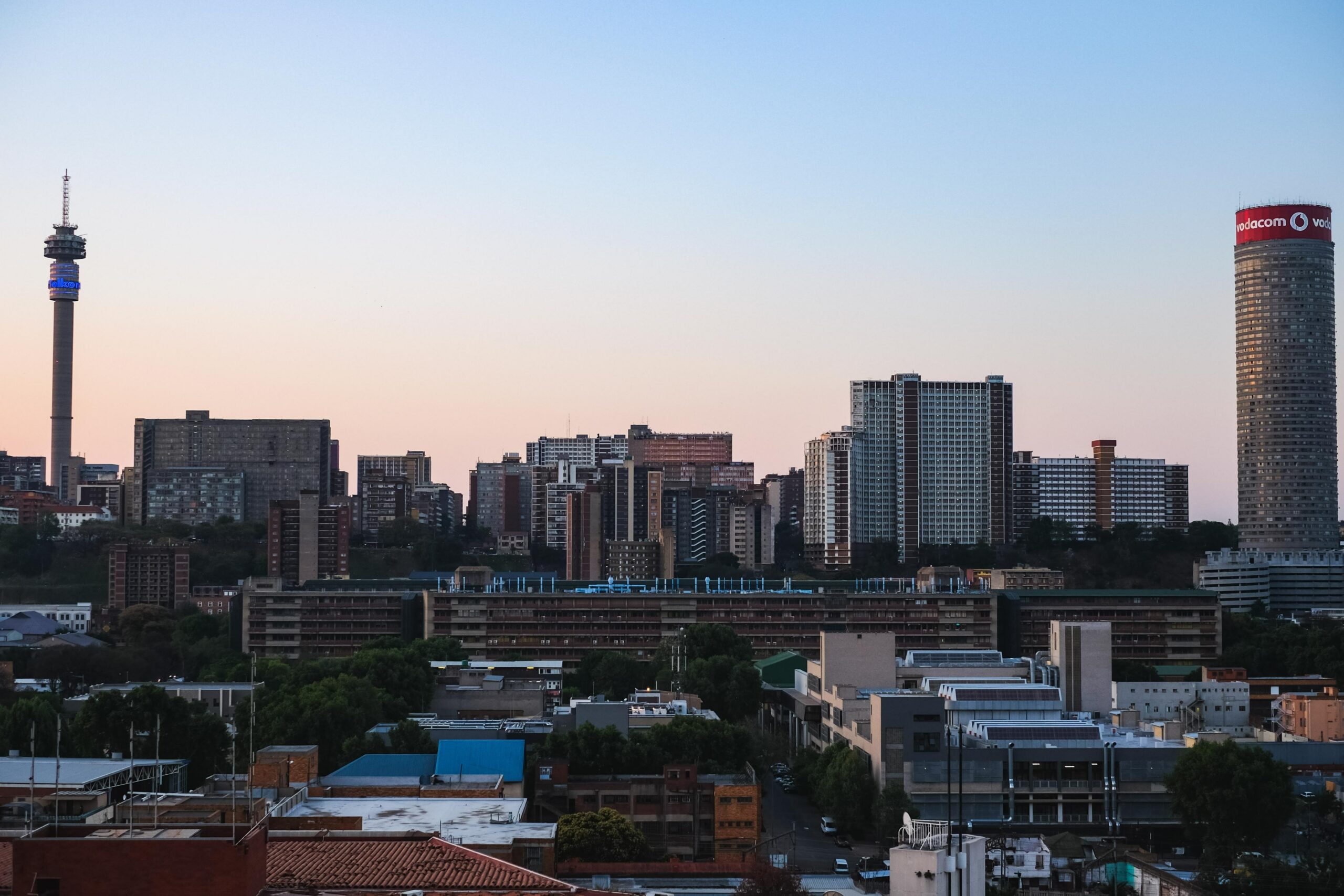Mining groups gear up for an emissions-free world
South African mining houses are gravitating towards ‘green’ metals. This is in addition to investing in renewable energy projects to power their operations.
The energy-intensive mining industry is under pressure to wean itself off fossil fuels as the focus on climate change intensifies. But, progress has been limited in South Africa. This is because existing laws make it difficult for companies to procure their own energy. As a result, miners are still reliant on Eskom’s coal-heavy national grid.
However, this is changing. The government’s announcement that licences will no longer be needed for projects smaller than 100MW is expected to unleash a wave of investments in mining and other sectors. This comes as renewables grow increasingly competitive against traditional sources of energy.
In their recent updates to shareholders, South African mining groups outlined their next steps.
Sibanye-Stillwater says that it is eyeing investments in solar and wind energy. Also, it is considering its options in battery storage, underground pumped hydro, hydrogen technologies and electric vehicles. The group says that its planned solar and wind projects will generate 475MW of electricity by early 2025. Its solar facilities could generate electricity at half the cost of forecast Eskom tariffs, while its wind projects could yield savings of up to 30 per cent.
Like Anglo American, Sibanye aims to be carbon neutral by 2040. To incentivise action, it has linked executive pay to its decarbonisation progress.
Gold miners forge ahead
Gold Fields CEO Chris Griffith says that the company could achieve net zero carbon “much earlier than the 2050 date that our Paris Agreement commitment compels us to”. The group has been rolling out renewable energy projects at its mines in Australia. It recently received regulatory approval for a 40MW solar plant in South Africa. Griffith says that Gold Fields will likely increase the share of renewables in its energy mix from 3 per cent in 2020 to 15 per cent by 2025, or 22 per cent when including hydropower. Like many of its peers, the group is also considering the use of electric vehicles underground.
Harmony Gold CEO Peter Steenkamp says that the miner is constructing three separate 10MW solar plants in the Free State province. It will add another 70-80MW of renewable energy over the next 18 months.
Impala Platinum (Implats) is exploring a large-scale solar power project in Zimbabwe. It says that “a similar opportunity” may be considered in South Africa.
Elsewhere in the industry, coal miner Exxaro plans to be carbon neutral by the middle of the century. It also aims to be “a leading international renewable energy solutions provider by 2030”. As part of these efforts, it is considering investments of R15 billion to add 3GW of generation capacity.
Facilitating the shift to a greener world
Local miners are reconfiguring their portfolios, with some ditching fossil fuels in favour of minerals needed in the transition to a more sustainable economy.
Exxaro is shifting its focus more towards manganese, bauxite and copper. These are key facilitators of the green revolution.
Sibanye, which focuses largely on platinum group metals (PGMs) and gold, is increasing its focus on minerals used in automotive batteries, including lithium. The company has agreed to pay USD $490 million (R7.2 billion) for a 50 per cent stake in a lithium-boron project in the US.
Elsewhere, African Rainbow Minerals (ARM), the group chaired by billionaire Patrice Motsepe, says that it is optimistic about the role that PGMs will play in decarbonisation efforts. These metals – including palladium and rhodium – are important enablers of the emerging green hydrogen economy.
“In mobility, tightening emissions standards, particularly in China and Europe, are expected to be positive for PGM demand.”
The move away from fossil fuels will remain a key driver of commodity markets for some time, ARM says.
Aside from PGMs, efforts to cut carbon emissions in the steel industry are fuelling demand for high quality and lumpy iron ore and manganese ore products, ARM says.
Related Articles
South Africa’s coal plant extension plans are deadly and costly, finds new report
Delaying coal plant decommissioning is projected to lead to 15,300 excess air pollution-related deaths and cost R345 billion, finds CREA analysis.
Methane gas caused Johannesburg explosion, investigation finds
Authorities confirm methane gas caused last month’s explosion in Johannesburg city, which killed one person and injured several others.




